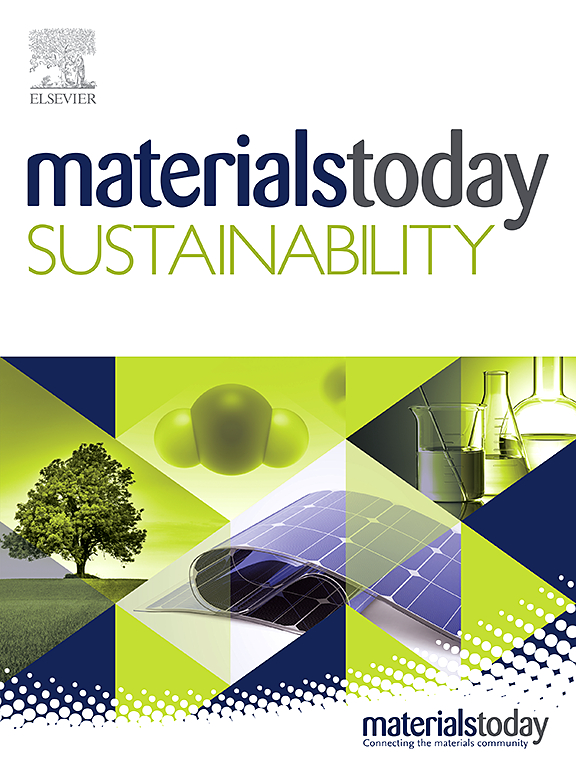Predicting high-performance perovskite solar cells using AI-based machine learning models
IF 7.9
3区 材料科学
Q1 GREEN & SUSTAINABLE SCIENCE & TECHNOLOGY
引用次数: 0
Abstract
Perovskite solar cells (PSCs) have garnered significant attention in the photovoltaic field due to their remarkable power conversion efficiencies (PCEs), with the certified PCE reaching 27.0% for single-junction cells and 30.1% for tandem perovskite/perovskite multijunction cells over the past decade. However, challenges remain including material instability, compositional inconsistency, and limited long-term performance. Machine learning (ML) has emerged as a transformative tool to address these challenges by accelerating material discovery, optimizing device design, and enabling data-driven insights from large and complex datasets. This review presents a comprehensive analysis of how ML is being applied to advance PSCs technologies. It begins with an overview of perovskite structures, device architectures, and performance parameters relevant to ML modelling. A structured ML workflow is introduced, covering data acquisition, feature selection, model development, performance evaluation, and model interpretability through explainable AI (XAI) techniques. Recent studies are examined across two major domains: material discovery and device performance optimization. Unlike previous reviews, this work emphasis on quantitative comparisons of ML algorithms by systematically assessing models reported in recent literature to identify the most effective predictors across various tasks. Furthermore, it discusses the strengths and limitations of current datasets and modelling strategies. The review concludes with insights into existing challenges and outlines future directions to support the efficient, interpretable, and scalable application of ML in PSCs research.
使用基于人工智能的机器学习模型预测高性能钙钛矿太阳能电池
钙钛矿太阳能电池(PSCs)由于其卓越的功率转换效率(PCE)而在光伏领域引起了极大的关注,在过去的十年中,单结电池的PCE认证达到27.0%,串联钙钛矿/钙钛矿多结电池的PCE认证达到30.1%。然而,挑战仍然存在,包括材料不稳定,成分不一致和有限的长期性能。机器学习(ML)已经成为一种变革性的工具,通过加速材料发现,优化设备设计,以及从大型复杂数据集中获得数据驱动的见解,来应对这些挑战。这篇综述全面分析了机器学习如何应用于推进psc技术。它首先概述了钙钛矿结构,设备架构和与ML建模相关的性能参数。介绍了一个结构化的ML工作流,包括数据采集、特征选择、模型开发、性能评估以及通过可解释的AI (XAI)技术实现的模型可解释性。最近的研究跨越两个主要领域:材料发现和器件性能优化。与之前的评论不同,这项工作强调通过系统地评估最近文献中报道的模型来定量比较机器学习算法,以确定跨各种任务的最有效预测因子。此外,它还讨论了当前数据集和建模策略的优势和局限性。该综述总结了对现有挑战的见解,并概述了未来的方向,以支持机器学习在psc研究中的高效、可解释和可扩展的应用。
本文章由计算机程序翻译,如有差异,请以英文原文为准。
求助全文
约1分钟内获得全文
求助全文
来源期刊

Materials Today Sustainability
Multiple-
CiteScore
5.80
自引率
6.40%
发文量
174
审稿时长
32 days
期刊介绍:
Materials Today Sustainability is a multi-disciplinary journal covering all aspects of sustainability through materials science.
With a rapidly increasing population with growing demands, materials science has emerged as a critical discipline toward protecting of the environment and ensuring the long term survival of future generations.
 求助内容:
求助内容: 应助结果提醒方式:
应助结果提醒方式:


